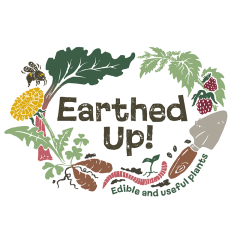Why am I so excited about getting a new, old bath? Well, for one it’s 1980s turquoise!

Moreover, it can hold litres and litres of… Worms!
We have multiple ways of making compost, to make sure we have healthy soil, feeding healthy plants. It also helps cycle others’ waste. Worm composting aka vermicomposting creates rich, dark, nutritious compost and a liquid feed. We hope to use the liquid to feed young potted plants.
The build
Materials
Bath
Pallets to stand bath on
Roofing sheets
Wooden board to secure roof to
Bottle to collect juice from plug hole
Plus:
Guttering
Water butt
Oh and a big handful of worms
We decided to make the most of the roof space to collect rainwater. The water can go back into the bath to keep the material moist – worms don’t like it dry.
With the bath in place at The Paddock, securely raised on pallets, it was time to fill it. In went a layer of cardboard, followed by a thin layer of woodchip. This will act as an absorbent layer to retain moisture. Then, the bulk of material was alpaca poo, hay, and more woodchip. Veg scraps can be added over the year.
I introduced a cluster of red wriggler worms from another compost heap, tucking them in to the hay; they’ll find their own way to food and if they’re happy start to breed. One day this bath will be full of worms!

This is just one way we’re ensuring our plants are healthy. To help you, we offer peat free Sylvagrow compost, made from woody materials and coir, a waste product from coconuts. Email compost@earthedup.com to place an order for delivery within 10 miles of Belper.

